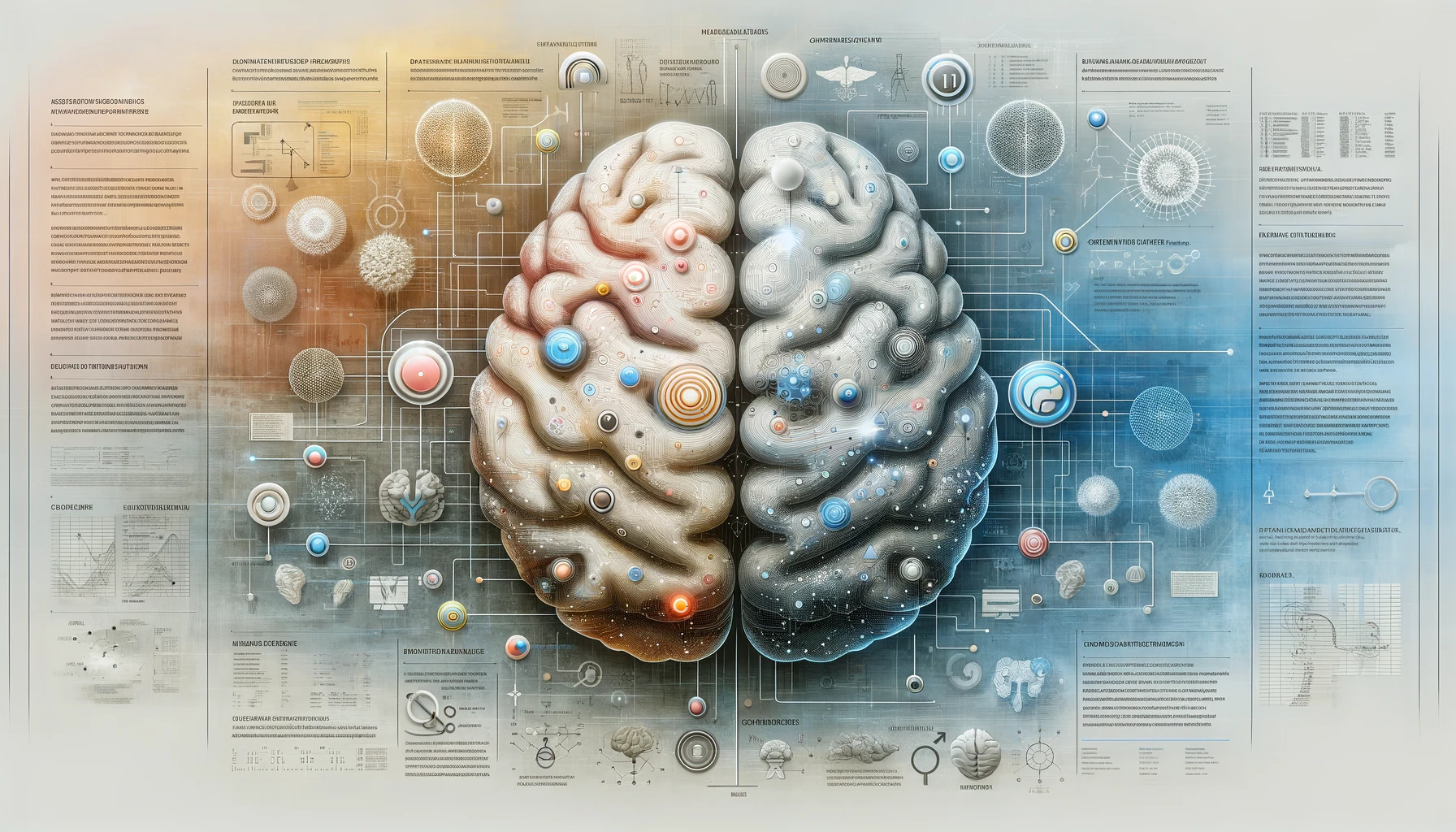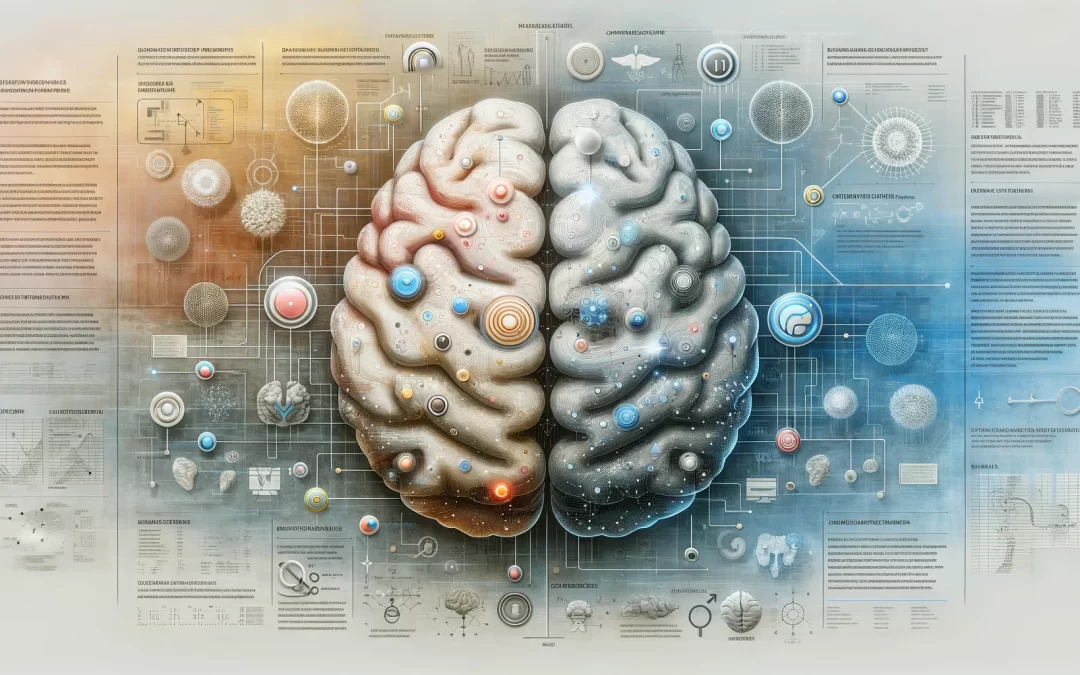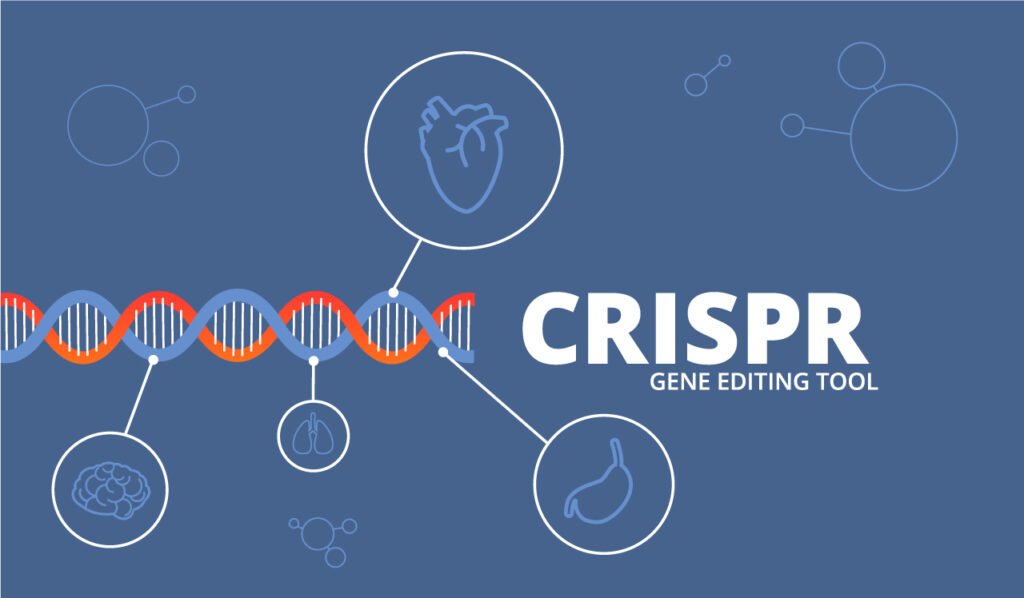Breakthrough AI Study Unveils Gender-Specific Brain Features Linked to Cognitive Functions

In a new groundbreaking study, researchers leveraged advanced deep learning models to reveal gender-based differences in human brain organization – a discovery that could revolutionize the way we approach psychiatric and neurological disorders. The study published in Proceedings of the National Academy of Sciences (PNAS) and led by Srikanth Ryali, challenges the traditional narrative of brain gender differences as a continuum, suggesting instead the existence of distinct and reproducible differences.
Utilizing a sophisticated spatiotemporal deep neural network (stDNN) model, the team analyzed resting-state fMRI data from approximately 1,500 young adults. This method demonstrated outstanding accuracy in differentiating male and female brains based on inherent functional dynamics, suggesting that the identified gender differences in brain organization are stable and consistent. The study’s findings are supported by previous research indicating significant sex differences in the brain’s structural connectivity, as highlighted in similar types of research.
The Stanford study advances our potential in leveraging these insights towards more personalized medicine. By capturing the dynamic nature of brain activation patterns across genders, the research moves closer to the aspirational goal in medicine: treatments designed not just for the average patient, but for the individual. This approach is echoed in the work discussing the importance of considering sex as a biological variable in neuroscience research, emphasizing its implications for personalized medicine.
The research utilized explainable AI (XAI) techniques to enumerate specific brain regions and networks manifesting significant gender disparities. Notably, the default mode network (DMN), striatum, and limbic network emerged as areas with pronounced differences. These findings are consistent with the work arguing for a nuanced understanding of sex differences in the brain, suggesting that such differences can have profound implications for understanding cognitive profiles and clinical manifestations observed across genders.
“Understanding these differences is pivotal, not just for the nuanced appreciation of male and female brain architecture but also for crafting gender-specific treatment regimes in conditions exhibiting pronounced gender bias,” said Dr. Ryali. This sentiment is reinforced by the findings of a critical analysis of neuroimaging studies on sex differences, advocating for a more careful interpretation of these differences in the context of personalized medicine.
The study challenges the prevailing assumption of a male-female continuum in brain organization, pointing instead towards a bifurcative model with clear, measurable distinctions construed along gender lines. These findings open new avenues for clinical research and treatment, stressing the necessity of considering gender as a fundamental factor in both research designs and therapeutic interventions. Prior research related to differences of male and female brains, suggested that in terms of intrahemispheric communication, male brains tend to exhibit better connectivity within the same hemisphere, whereas female brains show stronger connectivity between the hemispheres. Other research studies also had stated that males may have an advantage in perception-action coordination, while females may excel in analytical-intuitive processing modes and communication skills.
With psychiatric and neurological disorders imposing a growing burden on global healthcare systems, the identification of gender-specific brain markers offers a promising pathway for the development of more effective, personalized medicine. It also raises important questions about the nature of gender differences in cognitive, behavioral, and neural processes, setting the stage for a deeper investigation into the complex interplay between brain structure, function, and gender.
Moreover, the study’s revelations regarding sex-specific cognitive profiles pave the way for a more nuanced understanding of how brain functionality correlates with behavior and cognitive capacity differently in men and women. The tantalizing possibility of predicting cognitive abilities and challenges based on distinct brain network patterns holds immense potential for educational strategies, mental health treatments, and even mitigating the impact of neurological diseases through early detection and customized interventions.
In shedding light on this complex subject, the Stanford research team is careful to differentiate between sex as a biological variable and the broader, multifaceted concept of gender, which encompasses an array of social, cultural, and psychological dimensions. The findings of this study are particularly significant in the realm of neurology and psychiatry, where recognizing and harnessing these distinctions could lead to breakthroughs in how disorders such as depression, anxiety, ADHD, autism, and schizophrenia are diagnosed and treated across genders.
“There’s a powerful implication here that medical professionals, educators, and policymakers need to heed,” remarked Dr. Vinod Menon, a senior author of the study. “Incorporating gender-specific brain function insights into treatment planning could improve outcomes for millions suffering from various psychiatric and neurological conditions.”
As exciting as these findings are, the researchers emphasize that this is just the beginning. The intricate interplay between genetic, hormonal, and environmental factors in shaping brain development across sexes is a rich field ripe for further exploration. Future studies are encouraged to build on this foundation, exploring the dynamism of brain connectivity across different stages of life and varying conditions to illuminate the full spectrum of gender differences in brain function.
For now, this study marks a momentous step forward in understanding the deeply embedded characteristics that distinguish male and female brain patterns, challenging long-held beliefs and opening up a new era of gender-informed neuroscience research. It heralds a future where medical care can be more finely tuned to the intricacies of each individual’s brain, ensuring better health outcomes and advancing our overall understanding of the human condition.

Written By Pavan L.
Feb 21, 2024
Connect With Us
Latest Blogs
Biohacking the World – The Future of Genetics
The genetic code of humans is what sets us...
The Impact of Healthcare Information on Covid-19 Perception
In the United States they are over 5.2...
10 Things You Need For Your First Day of Clinical Rotations
My name is Keshu Mahesh and I’m currently a...
Coronavirus in the US: Latest Updates on the Covid-19 Pandemic
Updated March 30, 2020, 9:00 PM EST In the...
Update on Coronavirus Outbreak and the Future of Pandemics
Updated March 6, 2020, 11:13 PM EST In the...





0 Comments